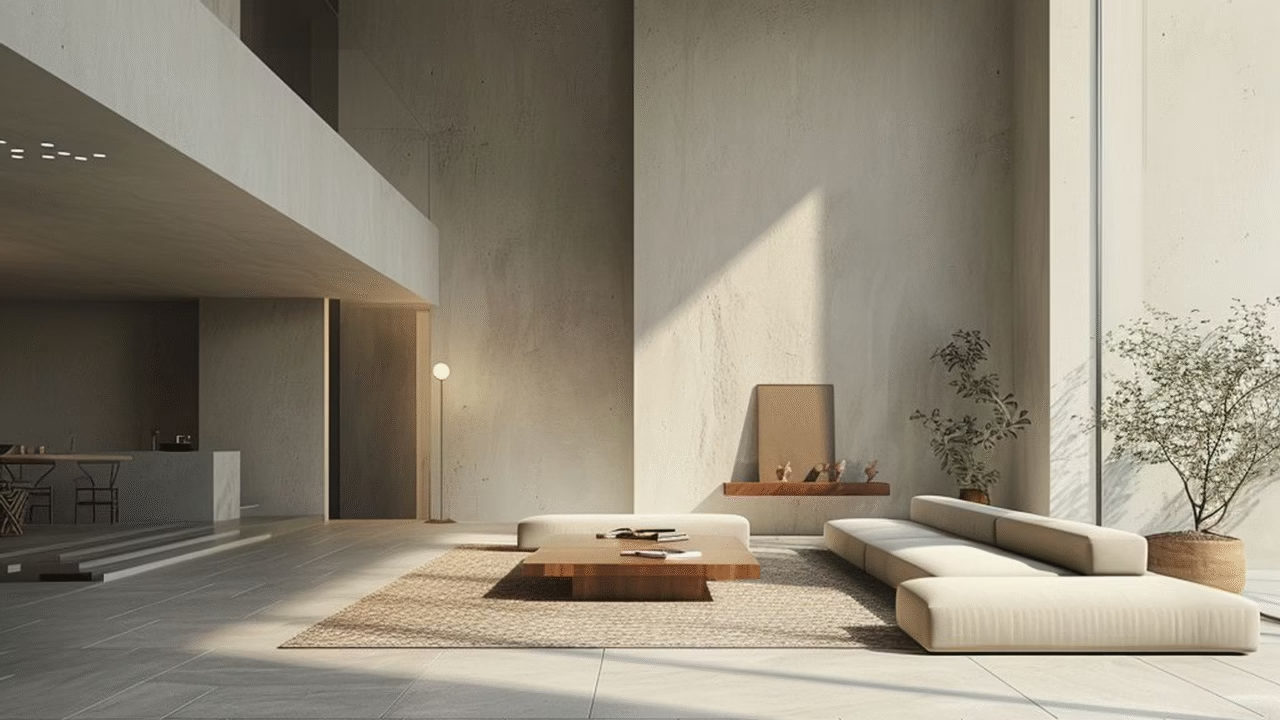Minimalism transcends being merely a design trend; it represents a lifestyle choice that prioritizes simplicity, functionality, and intentional living. By eliminating clutter and concentrating on what is genuinely important, you can cultivate a serene, organized, and aesthetically pleasing home. Regardless of whether you reside in a studio apartment or a family house, adopting minimalism can revolutionize both your environment and your mindset. Below is a practical 7-step guide to initiate your journey.
1. Declutter Room by Room
The initial step towards minimalism involves the removal of superfluous items. Begin with a single room and categorize everything into three groups: keep, donate, or discard. Be truthful with yourself—if you have not utilized an item in a year or it fails to bring you joy, it is time to part with it. Decluttering provides immediate visual and mental relief, establishing the foundation for a minimalist home.
2. Invest in Quality Over Quantity
Minimalism is not merely about possessing fewer items; it is about selecting items that are durable and serve multiple functions. Substitute disposable or low-quality items with enduring, timeless pieces. When it comes to furniture, choose neutral colors and multifunctional designs, such as a sofa bed or storage ottoman, to enhance both style and practicality.
3. Adopt a Neutral Color Palette
Colors exert a psychological influence. Homes that embrace minimalism frequently showcase neutral shades such as white, beige, gray, or soft pastels. These colors foster a sense of tranquility and make spaces appear larger and more illuminated. Introduce splashes of color through thoughtfully chosen accessories or artwork instead of overwhelming the room with a multitude of hues.
4. Simplify Your Furniture Layout
Refrain from overcrowding rooms with unnecessary furniture. Retain only essential pieces and arrange them to encourage free movement and openness. Choose clean lines and simple designs that do not dominate the space. Minimalist layouts highlight flow and render your home feeling airy and welcoming.
5. Embrace Intelligent Storage Solutions
Even in a minimalist environment, storage remains essential. Utilize concealed storage, under-bed drawers, or vertical shelving to keep items hidden yet accessible. Well-organized storage helps prevent clutter from returning and aids in maintaining the sleek, clean appearance that minimalism demands.
6. Integrate Natural Elements
Minimalism flourishes through a connection with nature. Incorporate houseplants, wooden features, or natural light to soften your environment. Plants not only beautify the space but also enhance air quality and foster a tranquil atmosphere, reinforcing the serene essence of a minimalist home.
7. Be Deliberate with Décor
In the realm of minimalism, less is indeed more. Select decorative pieces that serve a function or carry significance, such as a family photograph, a meaningful sculpture, or a practical vase. Steer clear of excessive accessorizing—each item should contribute value to the space rather than clutter it.
Transforming your residence through minimalism is a gradual and purposeful journey. By decluttering, investing in quality items, simplifying layouts, and being thoughtful with décor, you can cultivate a home that is both functional and aesthetically tranquil. Minimalism not only enhances your living space but also promotes clarity, focus, and peace of mind, enabling you to lead a more intentional and balanced life.
Begin with small steps, remain consistent, and relish the liberation that comes from living with less while cherishing more.

